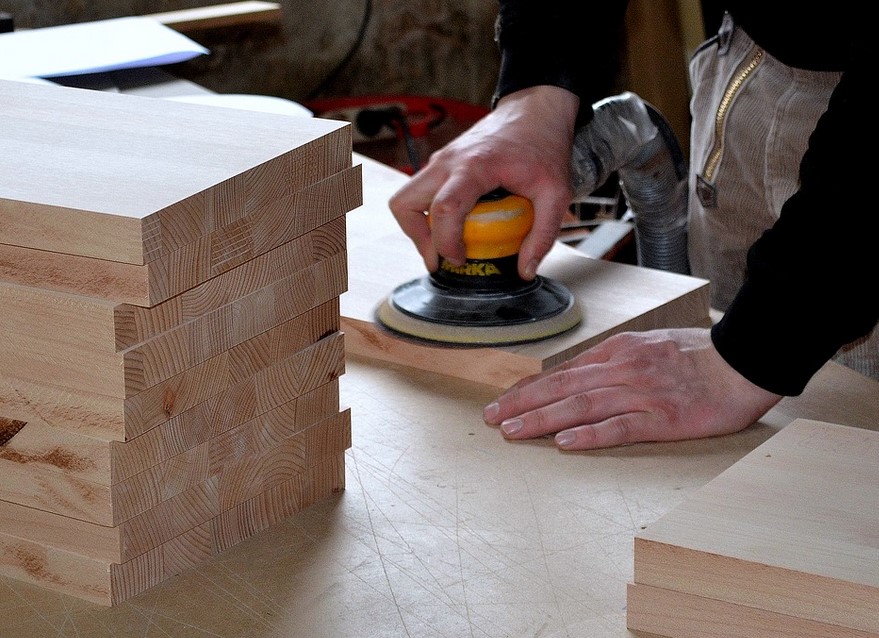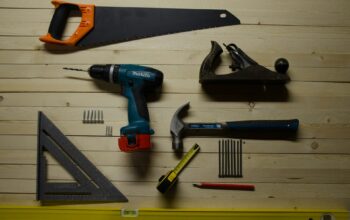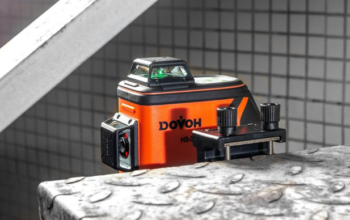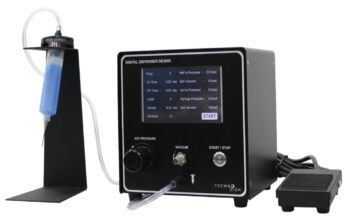Considering polishing your woodworking skills but don’t know where to start? Knowing how to make your own furniture and decor will save you plenty of money. But first and foremost, you need to become skillful at it.
Carpentry takes both stamina and physical labor. So, you should consider lifting some weights before getting to work as well.
Other than being a creative outlet, woodworking is also good for your mind, body and soul. The skill pays off when it comes to completing school assignments and work projects. Your workshop needs a high-quality Steel tube bender if you are fabricating with tube and pipe. Without the right equipment, you risk damaging and weakening the material.
To help you on your woodworking journey, you need to have a set of useful tools at your disposal. The tools don’t have to be over-the-top expensive and sophisticated; you just need some basic must-haves. Let’s get to know more about them!
A List of the Basic Woodworking Tools
The list of basic woodworking tools will be divided into three sections, namely gauging tools, hand tools and power tools. Although our list doesn’t contain oscillating tools, click here to figure out where to find one.
Let’s start with the gauging tools first.
Basic Gauging Tools
Accurate measurements are crucial in woodworking. Without the proper tools to measure, you won’t be able to create a novice craft let alone the ultimate masterpiece.
Marking Gauge
You can either buy or make your own marking gauge. Even if you choose to buy one, you won’t be wasting money because it lasts for a long time. A sophisticated marking gauge will let you mark two measurements at the same time and it’ll have a powerful wheel-locking system.
Folding Rule and Steel Tape
You shouldn’t start woodworking without having one of these in your possession. A steel tape should be 10 to 12 inches long.
A folding rule is used to measure short and long distances. Use this tool to measure points that are hard to reach.
Try Square
A try square is used to mark and measure a square piece of wood. It measures the accuracy of a right angle, checks how straight the surface and the adjoining surfaces are. It’s up to you whether you want to buy a try square or make one yourself.
Sliding Bevel Square
A sliding bevel square is another measuring tool that helps you copy angles in your craft. Before you purchase this tool, check that the angle locking system is tight enough.
Basic Hand Tools
Now we’re going to be looking at the various types of hand tools that will help you craft really good woodwork pieces. Let’s have a look.
Workbench
A workbench is a table to hold your work pieces. There are various types of workbenches available on the market depending on the types of work you’re planning to do.
Mallets
A mallet is used to knock wooden parts together. It’s also used to drive chisels or dowels.
Metal hammers can deform the end of whatever it strikes, however that’s not the case with mallets. The mallet gives you better control, so you’ll strike an object with less force.
Clamps
Clamps hold wooden pieces securely in place. Usually, you’ll need a few clamps to work with.
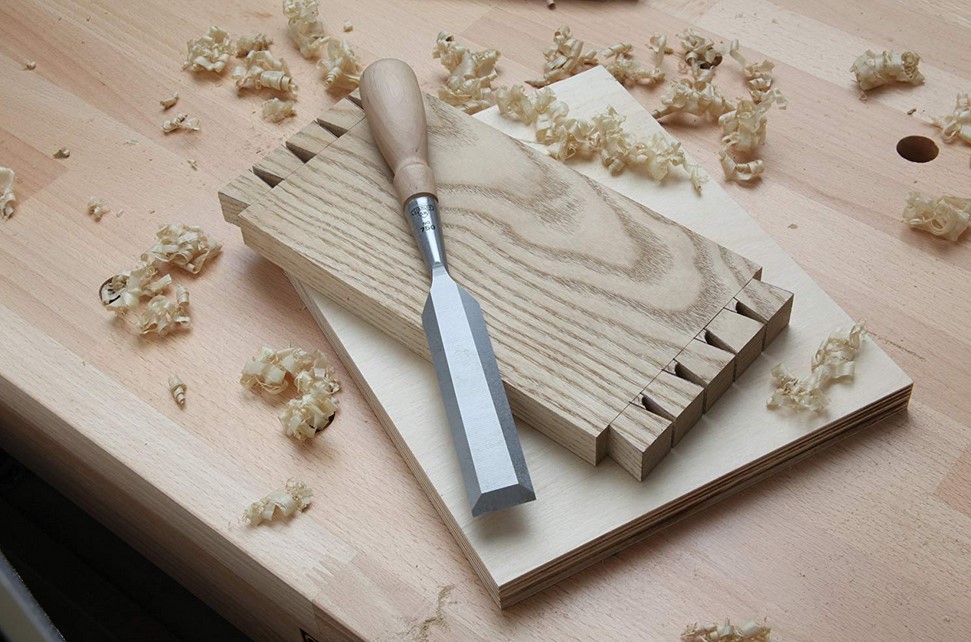
Chisel
You can’t imagine woodworking without a chisel. Like clamps, you need to have a number of chisels at your disposal. The tool is generally used to carve and cut wood.
The most used chisels include mortise chisels, bench chisels and paring chisels. A paring chisel should be used by hand only, not with a hammer or mallet.
Coping Saw
A coping saw is used to cut the intricate pieces that can’t be cut with a power saw or a handsaw. In fact, no power tool can compete with a coping saw when it comes to accuracy.
Jack Plane
You can flatten and smoothen rough, uneven wood with a jack plane. This tool is larger than a smoothing plane. Over all, you can accomplish a number of tasks using this one tool.
Power Tools
To be successful in your workshop, you need to have a few power tools in your possession. Although there are many power tools available on the market, you can get by with the few we’ve listed here.
Power Drill
You can find cordless power drills nowadays, but a corded one is considered more powerful and versatile. The corded ones are also less expensive than the cordless ones.
Random Orbital Sander
A random orbital sander is not the same as a palm sander. It minimizes the chance of sand marks appearing on your woodwork. This tool requires that the sanding disks fit the particular model you’re using.
Jigsaw
You can cut circular and curvy patterns into the stock with a jigsaw. A jigsaw is more suitable for a beginner than a band saw. For easy usage, buy a corded jigsaw with orbital action and a trouble-free blade changing mechanism.
Circular Saw
A circular saw cuts through wood using different blades. It may be left or right-handed. It’s as precise as a table saw when it’s used with a straight-edge clamp. For a lot of woodworking projects a simple handheld router is perfect for the job. To find out more, visit https://thetoolscout.com/
Safety Procedures Before Using Woodworking Tools
Woodworking is a versatile job that needs in-depth knowledge and expertise. Some of the tools described above are complex to handle and may be dangerous when handled inappropriately.
You must follow a bunch of safety precautions before using any of the above woodworking tools. Don’t use anything unless you know how to use them or you’ve taught yourself how to use them.
The best way to learn how to use woodworking tools is through practical classes, online tutorials and the manual. First and foremost, you must wear safety glasses or goggles, thick woodworking gloves, boots and a protective suit for woodworking.
The noise level may be disturbing, so you must wear ear protection as well. The rule of thumb is that if you can’t hear someone from three feet away while you’re using a woodworking tool, the noise of the machine is too high.
Any machine that you use must be grounded before you start working with it. Always check the stock for loose knots, nails, staples and defects before using it.
You should not force the tools to cut, scrape and smoothen. They should be clean and in top-notch condition before you commence working.
Make sure you have enough light around you when you’re woodworking. Reflections and shadows may disturb your work and may even cause an injury.
You must ensure that electric power cords don’t become tripping hazards. The floor you work on should be level and non-slippery. There should be no clutter around you, so that you can work efficiently.
It’s important that the space you work in is clean and tidy. Not only does it affect your performance, but it also prevents accidents.
Your workspace must be dry as well. You should not work in the rain.
Bottom Line
If you’ve started woodworking, we must congratulate on your new hobby. Carpentry is practised by many people from different centuries. Although people earned a living through this work, some people practice this art for fun nowadays.
Not only can you create beautiful craft work with this special skill, but you can also sell your work for a living. However, the tools used for carpentry are quite complex and you must educate yourself about the different tools before starting to work with them.
Do your research and learn how to use these tools before you start making masterpieces. Additionally, take heed of the safety precautions so that no harm comes to you while you’re working.
Related Posts

